Recombinant Human DDR2 protein(Arg422-Glu855), His&GST-tagged
| Cat.No. : | DDR2-7277H |
| Product Overview : | Recombinant Human DDR2 (Q16832) (Arg422-Glu855) was expressed in Insect Cells, fused with the N-terminal polyhistidine-tagged GST tag at the N-terminus. |
- Specification
- Gene Information
- Related Products
- Case Study
- Application
- Download
| Species : | Human |
| Source : | Insect Cells |
| Tag : | GST&His |
| Protein Length : | 422-855 a.a. |
| Form : | Supplied as sterile 20mM Tris, 500mM NaCl, pH 7.4, 10% glycerol |
| Bio-activity : | The specific activity was determined to be 8 nmol/min/mg using synthetic AXLtide peptide(CKKSRGDYMTMQIG) as substrate. |
| Molecular Mass : | The recombinant human DDR2 /GST chimera consists of 671 amino acids and has a calculated molecular mass of 77.1 kDa. The recombinant protein migrates as an approximately 77 kDa band in SDS-PAGE under reducing conditions. |
| Endotoxin : | < 1.0 EU per μg of the protein as determined by the LAL method |
| Purity : | > 90 % as determined by SDS-PAGE |
| Storage : | Samples are stable for up to twelve months from date of receipt at -20°C to -80°C. Store it under sterile conditions at -20°C to -80°C. It is recommended that the protein be aliquoted for optimal storage. Avoid repeated freeze-thaw cycles. |
| Reconstitution : | It is recommended that sterile water be added to the vial to prepare a stock solution of 0.2 ug/ul. Centrifuge the vial at 4°C before opening to recover the entire contents. |
| Gene Name | DDR2 discoidin domain receptor tyrosine kinase 2 [ Homo sapiens ] |
| Official Symbol | DDR2 |
| Synonyms | DDR2; discoidin domain receptor tyrosine kinase 2; discoidin domain receptor family, member 2 , NTRKR3, TYRO10; discoidin domain-containing receptor 2; TKT; tyrosylprotein kinase; hydroxyaryl-protein kinase; discoidin domain receptor 2; tyrosine-protein kinase TYRO10; CD167 antigen-like family member B; cell migration-inducing protein 20; migration-inducing gene 16 protein; receptor protein-tyrosine kinase TKT; discoidin domain receptor family, member 2; neurotrophic tyrosine kinase receptor related 3; neurotrophic tyrosine kinase, receptor-related 3; discoidin domain-containing receptor tyrosine kinase 2; MIG20a; NTRKR3; TYRO10; |
| Gene ID | 4921 |
| mRNA Refseq | NM_001014796 |
| Protein Refseq | NP_001014796 |
| MIM | 191311 |
| UniProt ID | Q16832 |
| ◆ Recombinant Proteins | ||
| Ddr2-773M | Recombinant Mouse Ddr2 protein(Met1-Arg399), His-tagged | +Inquiry |
| DDR2-382H | Recombinant Human DDR2 Protein, MYC/DDK-tagged, C13 and N15-labeled | +Inquiry |
| DDR2-7277H | Recombinant Human DDR2 protein(Arg422-Glu855), His&GST-tagged | +Inquiry |
| DDR2-2322H | Recombinant Human DDR2 protein(Met1-Arg399), hFc-tagged | +Inquiry |
| DDR2-2457H | Recombinant Human DDR2 Protein, GST-tagged | +Inquiry |
| ◆ Cell & Tissue Lysates | ||
| DDR2-1296RCL | Recombinant Rat DDR2 cell lysate | +Inquiry |
| DDR2-1017CCL | Recombinant Cynomolgus DDR2 cell lysate | +Inquiry |
| DDR2-1033HCL | Recombinant Human DDR2 cell lysate | +Inquiry |
| DDR2-001HCL | Recombinant Human DDR2 cell lysate | +Inquiry |
| DDR2-2172MCL | Recombinant Mouse DDR2 cell lysate | +Inquiry |
Case 1: Barcus CE, et al. J Cell Sci. 2021
DDR2 drives breast cancer metastasis via kinase-independent mechanisms, including tumor-stromal interactions with cancer-associated fibroblasts (CAFs), enabling invasion and lung colonization. Despite high DDR2 expression correlating with poor prognosis, tyrosine kinase inhibitors fail clinically due to overlooked kinase-independent signaling. Targeting both DDR2-dependent and -independent pathways is critical for overcoming therapeutic resistance and improving metastatic breast cancer treatment strategies.
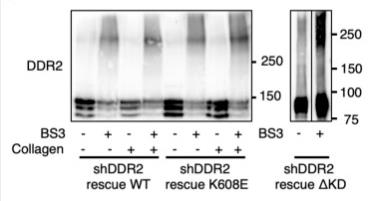
Fig1. BS3 crosslinking of intact DDR2-depleted BT549 cells expressing the indicated DDR2 rescue constructs.
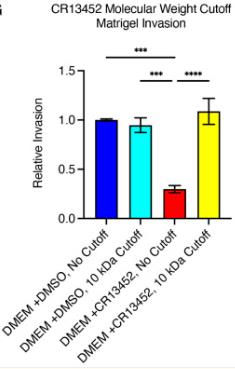
Fig2. The small-molecule DDR2 allosteric inhibitor CR13452 is removed from conditioned media by molecular weight cut-off concentration.
Case 2: Jeong BY, et al. Int J Mol Sci. 2021
Lysophosphatidic acid (LPA)-ATX axis upregulates DDR2 via PI3K/Akt/mTOR/HIF-1α/Twist1 signaling to drive ovarian cancer invasion, with DDR2 knockdown or pathway inhibition suppressing metastasis. High DDR2 expression correlates with poor prognosis, highlighting its role as a therapeutic target in LPA-driven tumor progression and metastatic signaling networks.
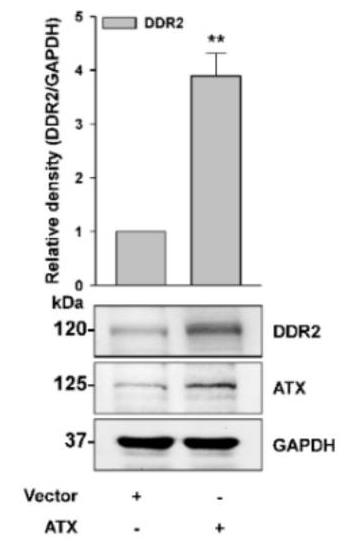
Fig1. ES2 cells were transfected with the indicated vectors and then the resulting cell lysates were subjected to immunoblot analysis.
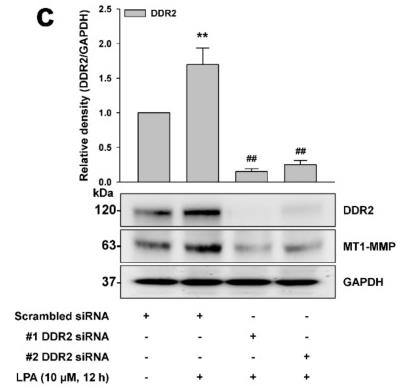
Fig2. ES2 cells were transfected with the indicated siRNAs and then stimulated with LPA, before immunoblotting.
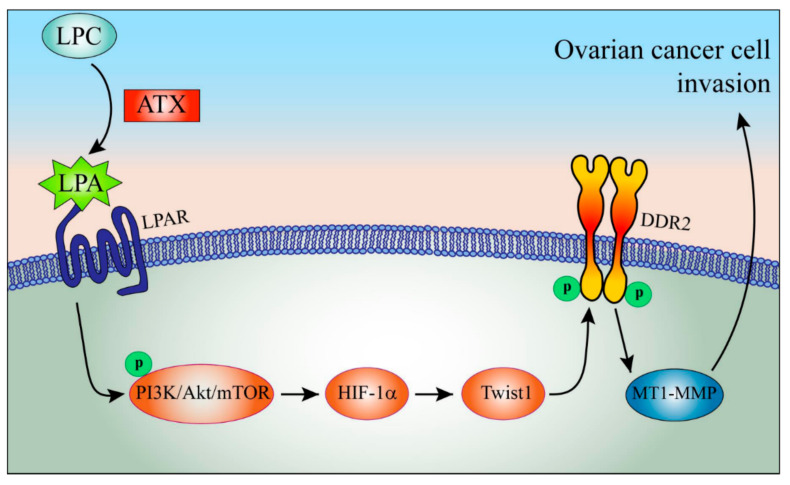
Fig1. The schematic working model of LPA-induced DDR2 expression and ovarian cancer cell invasion. (Bo Young Jeong, 2021)
Not For Human Consumption!
Inquiry
- Reviews
- Q&As
Ask a Question for All DDR2 Products
Required fields are marked with *
My Review for All DDR2 Products
Required fields are marked with *
Inquiry Basket


